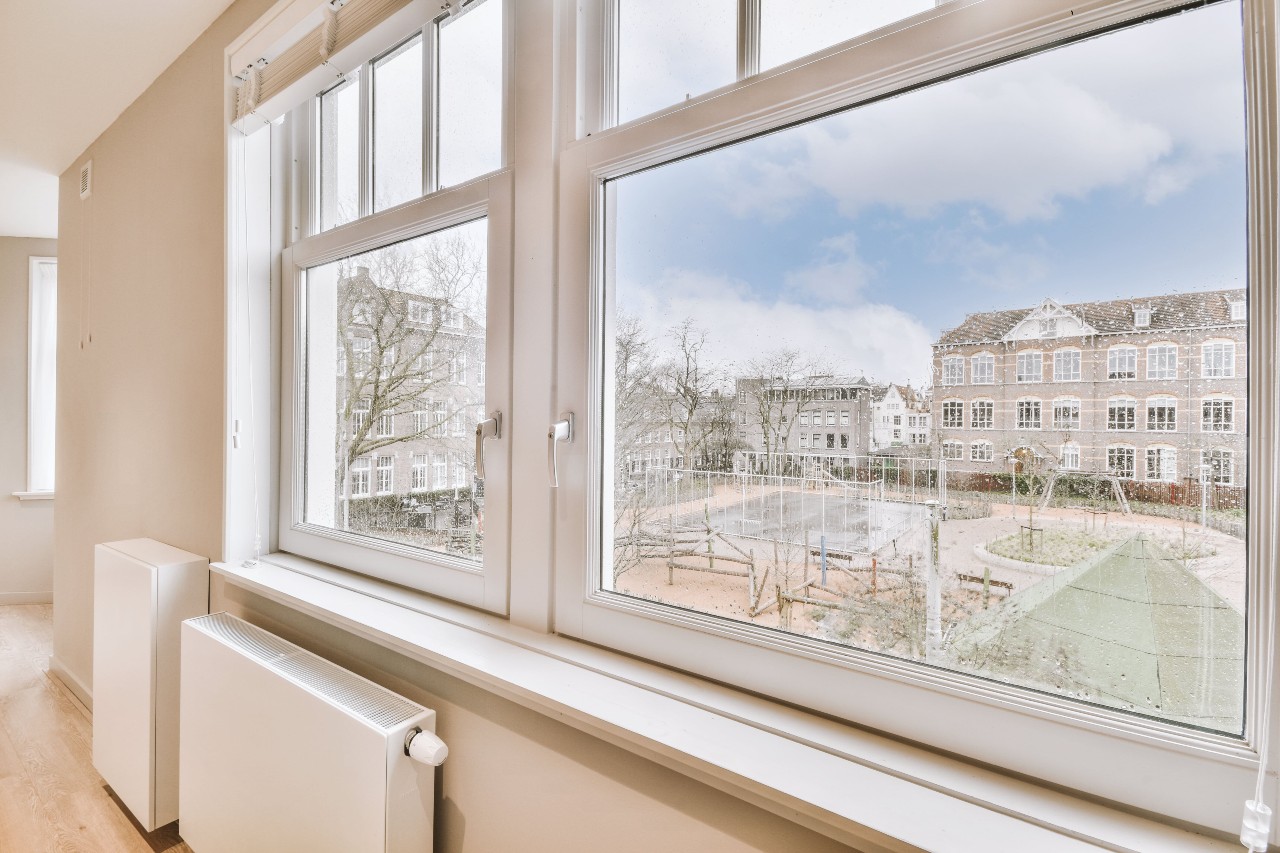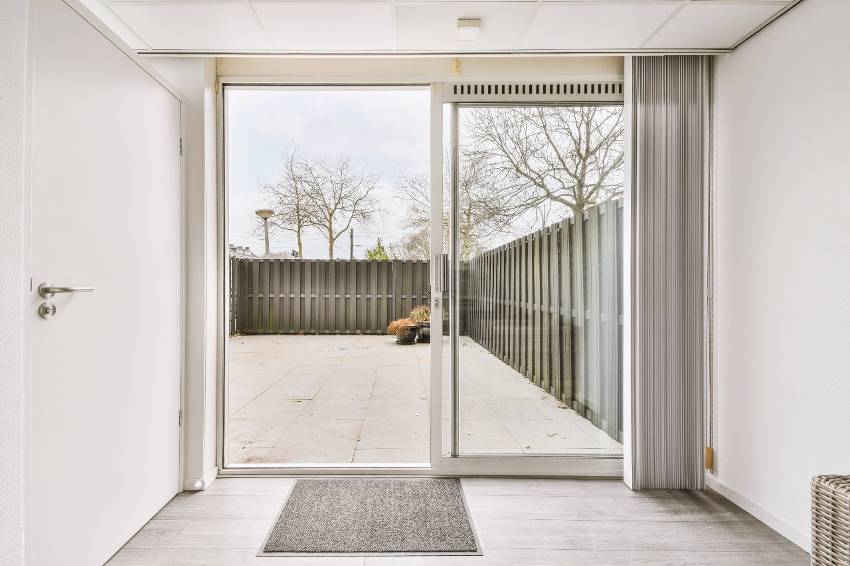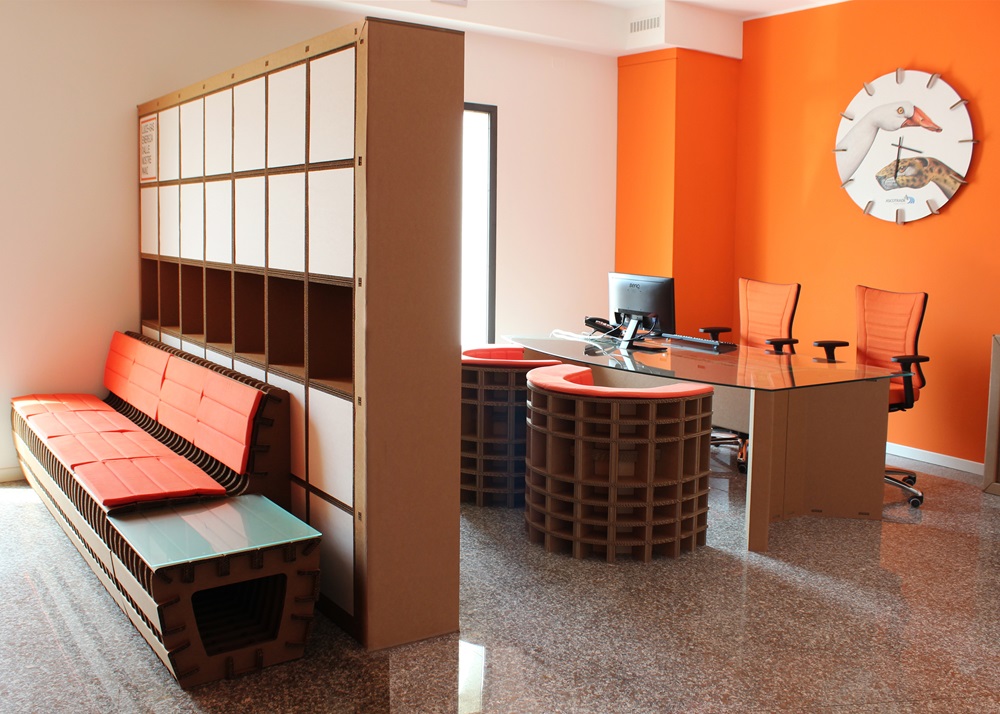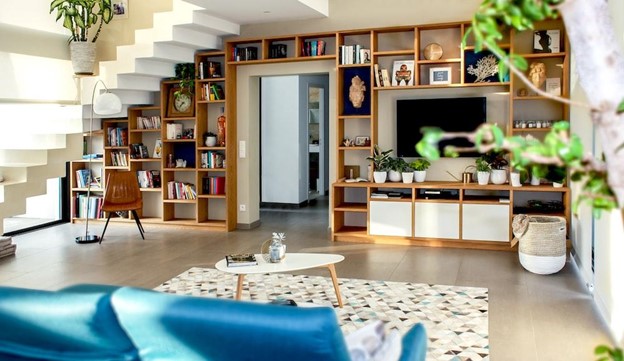Rendering in Interior Design: An Introduction to the Concept and Its Importance
If you are an interior designer or a client looking for a new design for your space, you may have heard of rendering.
But what is rendering in interior design, and why is it important? In this article, we will explain the concept of rendering, its benefits, and how to do it.

What is rendering in interior design?
Rendering in interior design is the process of producing a realistic picture or video of a planned design. It is also known as 3D visualization or 3D rendering. A rendering shows how the space will appear after the design is executed, including the colors, textures, lighting, furniture, and accessories. Rendering is usually done with specialized software and tools that enable the designer to create a 3D model of the space and apply different materials and effects. Rendering can be done for any type of space, such as a living room, a kitchen, a bedroom, or an office.
Rendering is important for both the designer and the client. For the designer, rendering helps to convey their vision and showcase their skills. Rendering helps the client understand the design, make an informed decision and understand what result he will get when implementing his project.
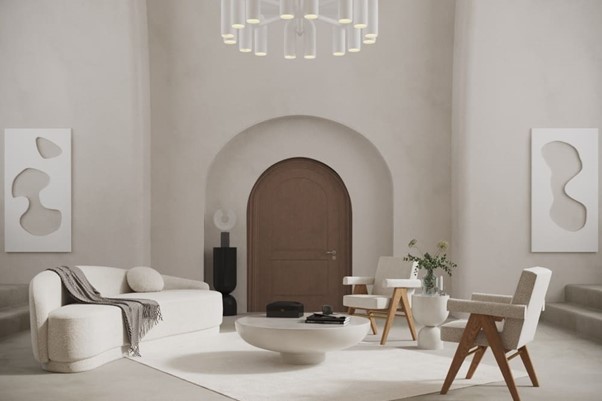
Advantages of 3D rendering for interior designers
Here are some of them:
- Realism and detail: Rendering can produce images or videos that are very close to reality. Rendering can capture the nuances of the design, such as shadows, reflections, textures, and patterns. Rendering can also show how the design will look at different times of the day or seasons of the year.
- Ability to make changes and present options: Rendering allows the designer to make changes to the design easily and quickly. Rendering also allows the designer to present different options to the client, such as different colors, materials, or layouts. This way, the designer can get feedback from the client and adjust the design accordingly.
- Cost-effectiveness and time-saving: Rendering can save money and time for both the designer and the client. Rendering can reduce the need for physical samples, mock-ups, or prototypes. Rendering can also speed up the approval process and avoid costly mistakes or revisions.
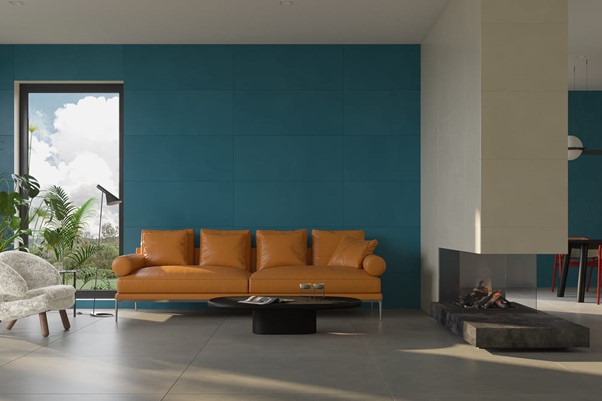
How to do rendering in interior design
Rendering in interior design requires some skills and tools.
Here are some steps and tips on how to do it:
- Software and tools: There are many software and tools available for rendering in interior design. Some of them are Autodesk 3ds Max, SketchUp, Blender, Enscape, Lumion, V-Ray, Corona Renderer, etc. The choice of software depends on your budget, preference, and level of expertise. You may also need a powerful computer and a good graphics card to run the software smoothly.
- Steps and tips: The general steps for rendering in interior design are as follows:
- Create a 3D model of your space using your software of choice. You can use existing floor plans or measurements as a reference.
- Apply materials, textures, colors, and lighting to your model. You can use libraries of predefined materials or create your own custom ones.
- Adjust the camera settings and angles to get the best view of your space.
- Render your image or video using your software of choice. You can adjust the quality, resolution, and format of your output.
- Review your output and make any necessary changes or corrections.

Some tips for rendering in interior design are:
- Use high-quality images and textures for your materials.
- Use realistic lighting sources and settings for your space.
- Use appropriate scale and proportion for your furniture and accessories.
- Use complementary colors and contrast for your space.
- Add some details and personal touches to your space.
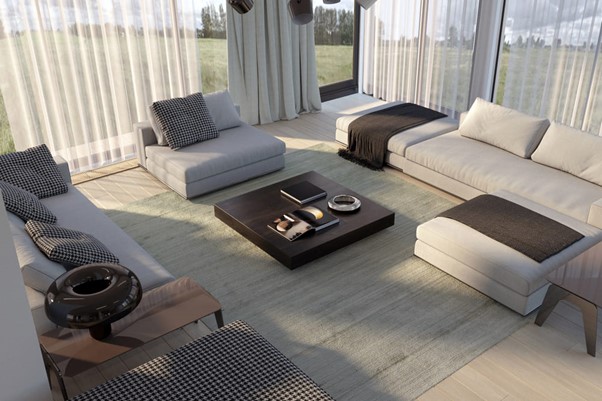
Conclusion: Rendering in interior design is a valuable skill and service
Rendering in interior design is a process that creates realistic images or videos of a proposed design. Rendering has many benefits for both the designer and the client, such as realism, detail, flexibility, cost-effectiveness, and time-saving. Rendering requires some skills and tools, such as software, computer, camera, materials, lighting, etc. Rendering is a valuable skill and service that can help you create stunning designs for your space.



